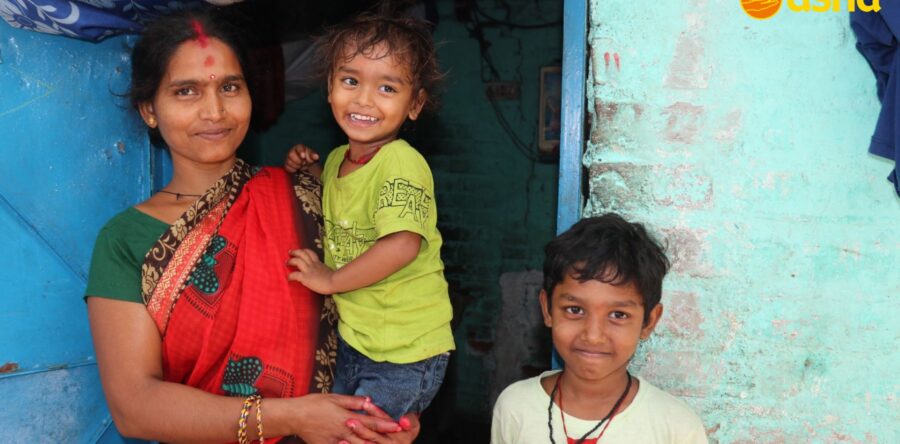Meera, a resident of the Zakhira Slum in West Delhi, has endured a challenging path in her quest to overcome family planning myths. Tragedy struck when her first child died shortly after birth due to undernourishment and her weakened condition during pregnancy. Limited access to healthcare and prevailing poverty prevented her from seeking medical assistance. Her husband and family attributed the misfortune to a divine curse—an all-too-common belief among the slum residents. The establishment of the Asha Clinic in the Zakhira Slum provided a glimmer of hope for Meera. She received vital care during her subsequent pregnancies from the clinic. As Meera's family expanded to include two girls and two boys, she realized she did not wish to conceive further and sought a permanent family planning method. However, her husband and family objected, citing religious beliefs and the fear of incurring more misfortune and potential harm to their children. Even temporary family planning methods were denied to her.
Determined to change her circumstances, when she became pregnant for the fifth time, she took the courage to seek the support of the Asha Health team. The senior health practitioner visited and engaged in counselling sessions with her husband and In-Laws to foster understanding about the importance of considering Meera's health and to permit her to opt for permanent family planning methods. Initially met with resistance, the efforts of the Asha team eventually led to a breakthrough. Meera's husband and family finally permitted her to undergo tubal ligation after the delivery.
Meera represents numerous women in Delhi's slums eager to exercise their right to family planning methods. Sadly, many face denial and opposition due to misconceptions, rigid religious beliefs, and false notions perpetuated by their families. However, there is a glimmer of hope as the average family size in the slums gradually has been decreasing from around 9-10 members to 4-5 in the last two decades, showcasing the potential for change in the future.






